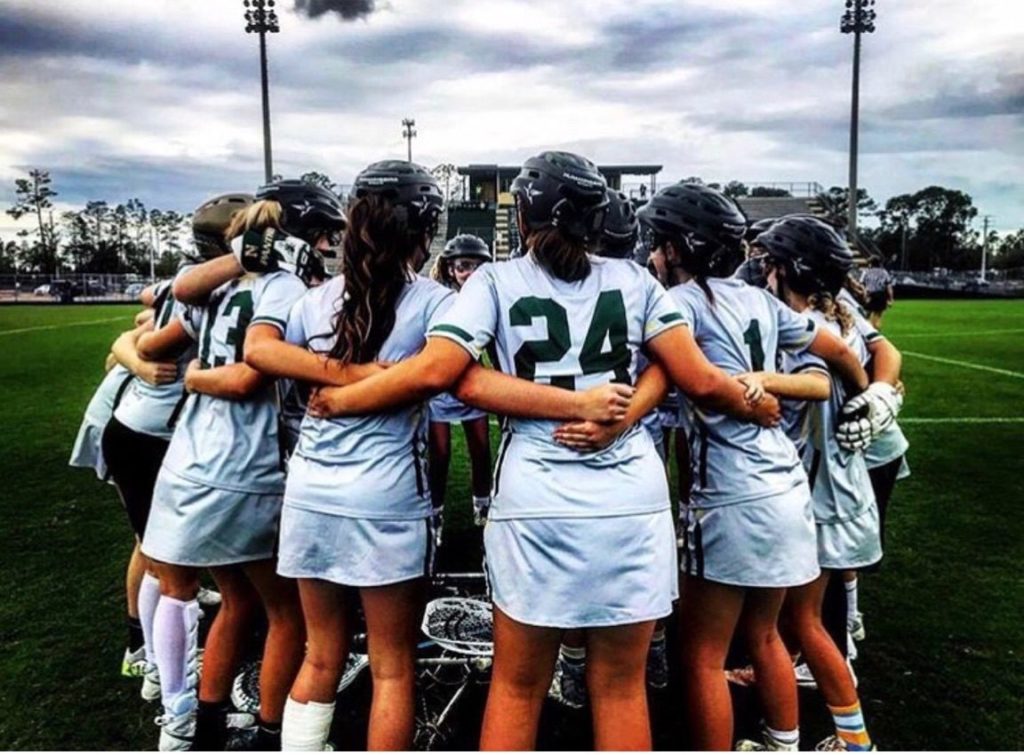Later this week, and over Memorial Day weekend, Philadelphia plays host to the 2016 Women’s & Men’s NCAA Lacrosse Championships. And odds are that concussions will again be in the spotlight.
Concussions are prominent in the public conversation thanks to media coverage of the NFL concussion case, (Disclosure: Locks Law Firm is actively representing nearly 1,500 retired NFL players in the concussion litigation against the NFL).
If asked which athletes are most likely to suffer from a concussion, many would answer “football.” But concussions also happen at an alarming rate in lacrosse, soccer, wrestling, ice hockey, baseball, skiing and field hockey.
In a seven-sport study reported on by the academic journal Injury Epidemiology, women’s lacrosse was the #2 sport for concussions, behind only football. At #3? Men’s lacrosse. Unlike football in which concussions most often result from player to player contact, the cause of most concussions in lacrosse was contact from another player’s stick or the ball. In addition, the National High School Sports Related Injury Surveillance Study for the 2013-14 school year ranked women’s lacrosse 6th for female high school athletes and 9th among all sports.
What is a concussion?
A concussion is a mild traumatic brain injury often caused by a bump or blow to the head. The brain will “bounce around” inside the skull, which can damage brain cells. But concussions are tricky. Despite what is represented in movies, concussions don’t always result in loss of consciousness. Athletes, under pressure to play, often don’t report their symptoms. Various studies indicate that as many as 50 percent may go unreported each year! Effects of concussions can be very serious and last for a few days, to weeks, months or even years. The true danger is not the singular concussion, but repeated blows and lack of recovery time between the injuries.
Rule changes
Some sports have instituted rules changes to limit the number of concussions. In men’s lacrosse, the NCAA prohibited targeting the head and neck areas starting in 2011. The NFL has focused on teaching proper hitting techniques and making intentional helmet to helmet contact illegal. In pee wee ice hockey – both in the U.S. and Canada – body checking is banned. U.S. Soccer has banned heading the ball for ages 10 and younger while limiting heading in practice for ages 11-13.
Protecting athletes
The fact is, it is virtually impossible to fully protect athletes against concussion. Hitting is a part of football, rugby and other sports. However, athletes, coaches, parents and medical professionals on the sidelines can help minimize the long term effects. Part of the NFL settlement includes funding for further concussion education. Other agencies and sports leagues also have invested time and money into teaching people about proper identification and treatment of concussion symptoms. Recovery after a concussion is key. Athletes need to be assured that reporting their symptoms won’t cost them their spot on the team or their job.
So many former players are now suffering from the after effects of repetitive head trauma – dings, getting their bells rung, whatever you want to call it. We hope the settlement we have been striving for not only helps them with the mountains of medical expenditures, but raises red flags, increases the dialogue and helps bring as much awareness to this critical topic as possible.



